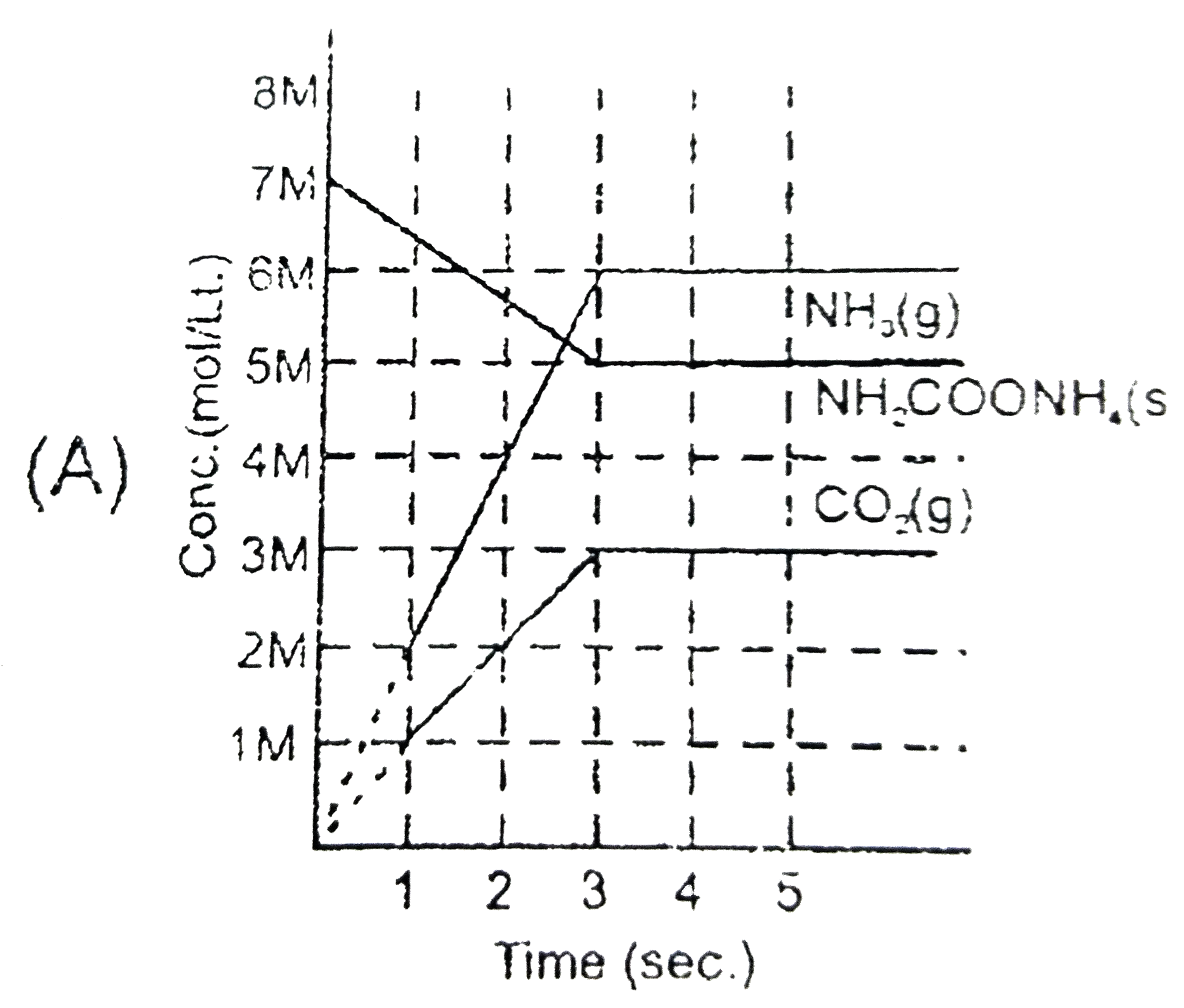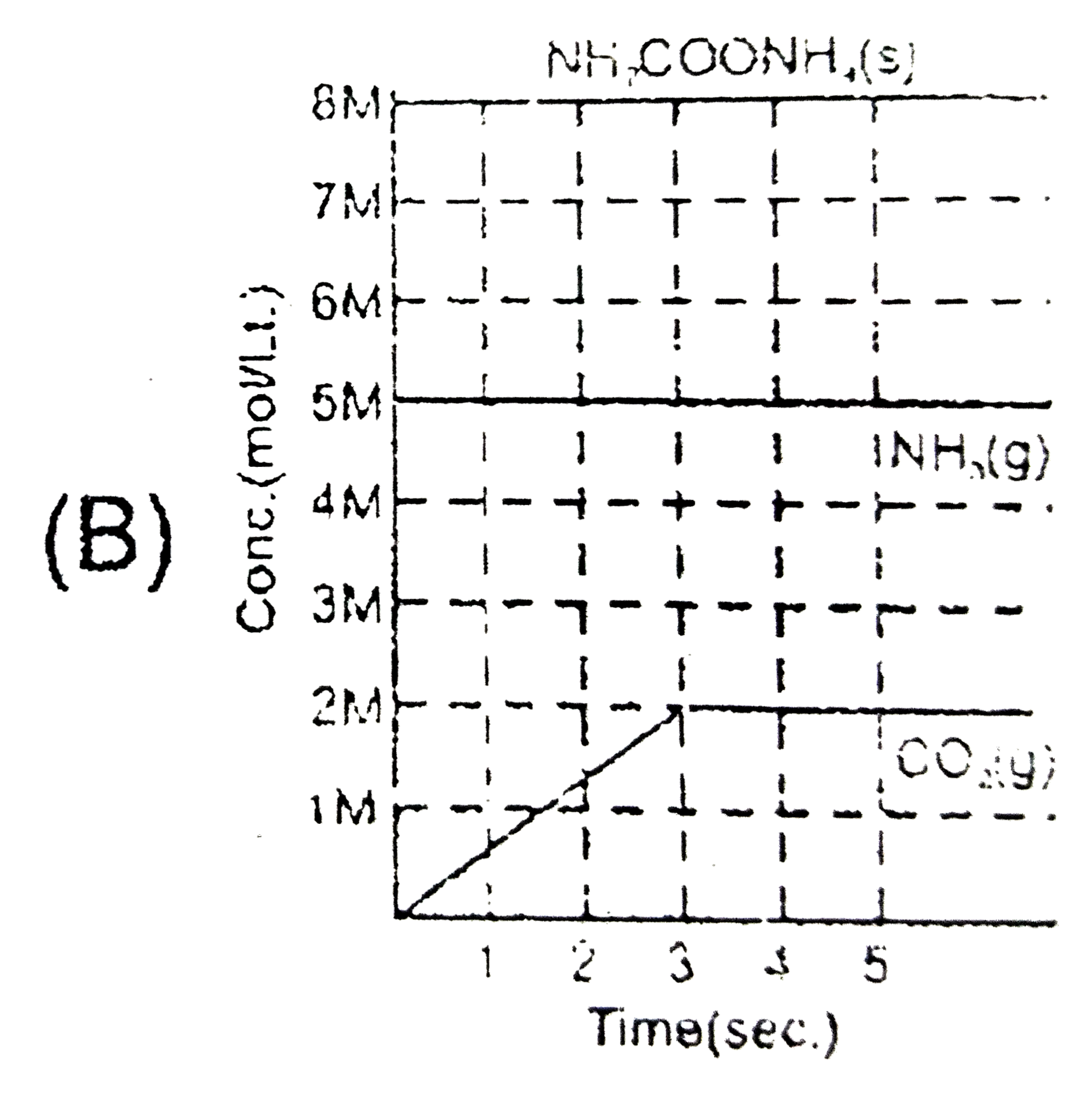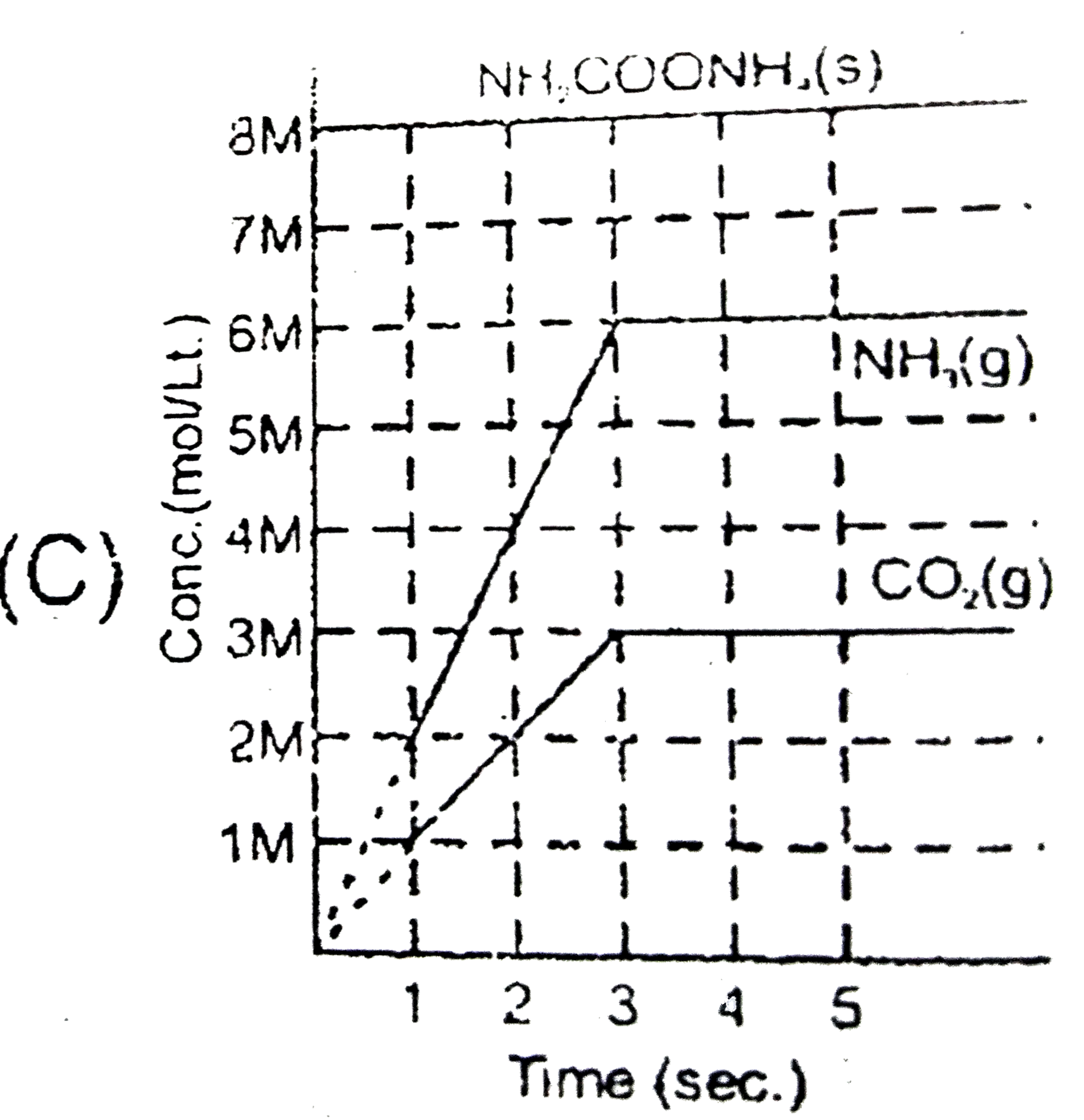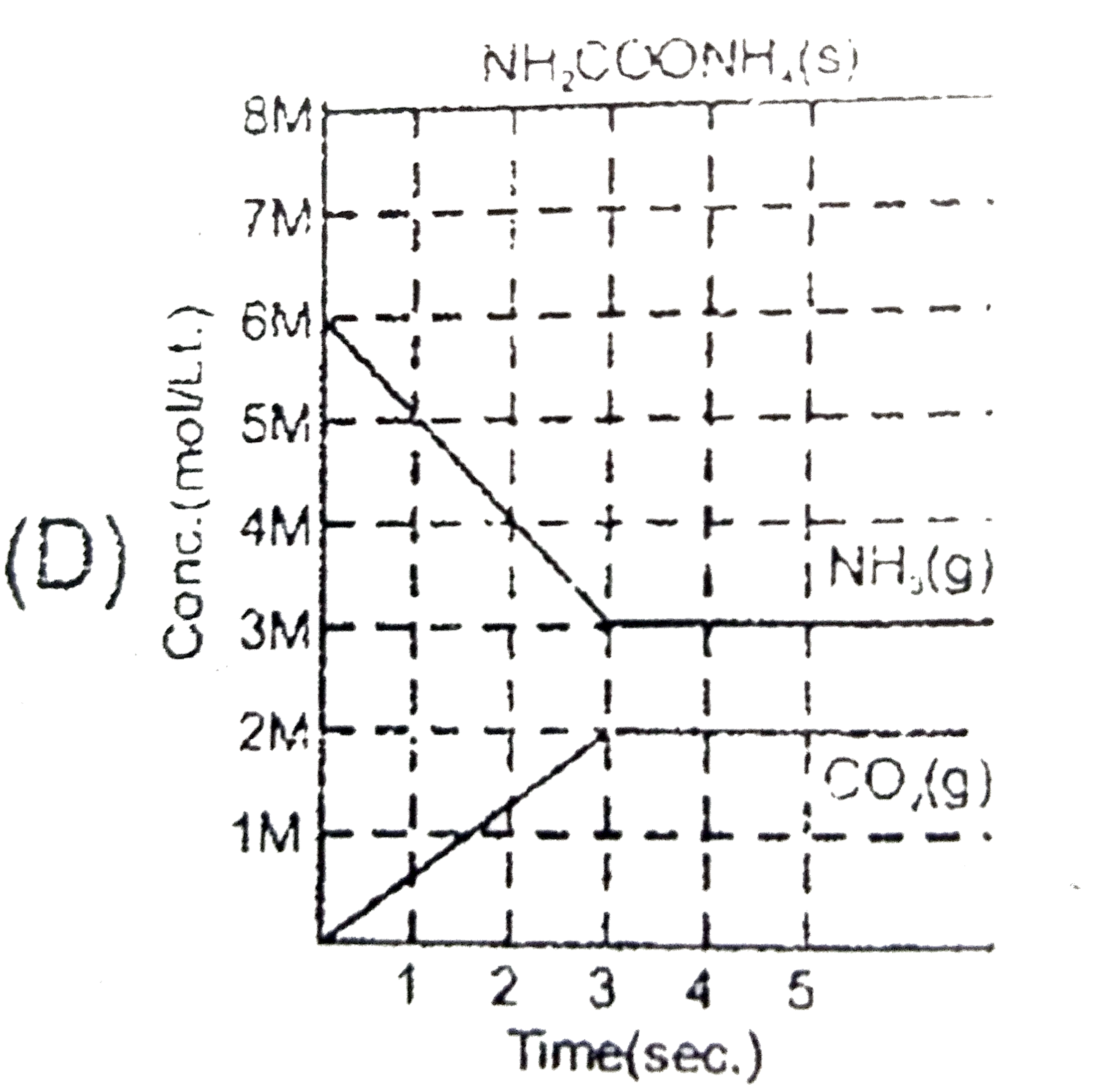Limiting reactant: Urea [(NH2)2CO] used as ferlilzer as animal feed, and in polymer industry, is prepared by the reaction between ammonia and carbon dioxide:
2NH3(g)+CO2(g)→(NH2)2CO(aq.)+H2O(1)
In one process , 637.2g of NH3 is allowed to react with 11.42g of CO2
(i) Which of the two reactants is the limiting reactant?
(ii) Calculate the mass of (NH2)2CO formed?
(iii) How much of the excess reagent (in grams) is left at the end of the reaction?
Strategy: (i) Since we cannot tell by inspection which of the two recantants is the limiting reacant, we have to procced by first converting their masses into number of moles. Take each reactnat in turn and ask how many moles of product (urea) would be obtained if each were completely consumed. The reactant that gives the smaller number of moles of producet is the limiting reactant.
(ii) Convert the moles of product obtained to grams of product.
(iii) From the moles of product, calculate to grams fo excess reactant needed int he reaction. Then subtract this qunitity from the grams of the reactant available to find the quanity of the excess reactant remaining.
Video Solution
Text Solution
Step 1: Calculate the moles of each reactant.
Number of moels (n)=Mass (g)Molar mass(gmol−1)
?molNH3=637.2gNH3×1molNH317.00gNH3
=37.48molNH3
?molCO2=11.42gCO2=1142gCO2×1molCO244.00gCO2
=25.95molCO2
Step 2 : Convert the moles of each reactant to moles fo product (NH2)2CO.
37.48molNH3×1mol(NH2)2CO2molNH3=18.74mol(NH2)2CO
25.95molCO2×1mol(NH2)2CO1molCO2=25.95mol(NH2)2CO
Thus, NH3, yielding the smaller number of moles fo product must be the limiting reacatant producing 18.74mol(NH2)2CO and CO2 is the exccss reactant , thus, some CO2 must be left unconsumed.
Step3 : Convert the moles of urea to grams fo urea.
18.74mol(NH2)2CO×60.00g(NH2)CO1mol(NH2)2CO
=1124.4g(NH2)2CO
Step 4 : Convert the moles of area to grams of CO2 (the mass of CO2 needed to produce this amount of urea)
18.74mol(NH2)2CO×1molCO21mol(NH2)2CO×44.00gCO21molCO2
=824.6gCO2
Step 5 : Calculate the mass of CO2 left over.
As we started with 11.42gCO2 the mass of CO2 remaining un-consumed will be
(1142gCO2)−(824.63gCO2)=317.4gCO2
|
Updated on:21/07/2023
Topper's Solved these Questions
- BOOK - R SHARMACHAPTER - SOME BASIC CONCEPTS OF CHEMISTRYEXERCISE - Follow-up Test 14videos
SOME BASIC CONCEPTS OF CHEMISTRY
- BOOK - R SHARMACHAPTER - SOME BASIC CONCEPTS OF CHEMISTRYEXERCISE - Follow-up Test 28videos
SOME BASIC CONCEPTS OF CHEMISTRY
- BOOK - R SHARMACHAPTER - REDOX REACTIONSEXERCISE - Archives29videos
REDOX REACTIONS
- BOOK - R SHARMACHAPTER - STATES OF MATTEREXERCISE - ARCHIVES41videos
STATES OF MATTER
Similar Questions
Knowledge Check
- Question 1 - Select One
What mass of solid ammonium carbonate H2NCOONH4(s)⇒CO2(g)+2NH3(g)
A15.6gmB5.2gmC46.8gmD7.8gm - Question 2 - Select One
In the reaction, 4NH3(g)+5O2(g)→4NO(g)+6H2O(g), when 1 mole of ammonia and 1 mole of O2 are made to react to completion
A(a)1.0 mole of H_(2)O is producedB(b)1.0 mole of NO will be producedC(c )All the oxygen will be consumedD(d)All the ammonia will be consumed - Question 3 - Select One
Solid ammonium cabamate dissociae to give ammonia and carbon dioxide as folows
NH2COOMH4(s)⇔2NH2(g)+CO2(g)
which of the following graph correctly represents the equilibrium.A B
B C
C D
D
For the reaction
NH4COONH2(g)⇔2NH3(g)+CO2(g)
If equilibrium pressure is 3 atm. Find the value of KpView SolutionAmmonia gas can be prepared by following reaction :
CaO(s)+2NH4Cl(s)→2NH3(g)+H2O(g)+CaCl2(s)
If 112 gm of CaO and 224 gm of NH4Cl are mixed and 17 gm of NH3 is formed thenView SolutionIn the reaction, 4NH3(g)+5O2(g)→4NO(g)+6H2O(g), when 1 mole of ammonia and 1 mole of O2 are made to react to completion
View SolutionFor the reaction
N2(g)+3H2(g)→2NH2(g)
Which of the following is correct?View SolutionThe oxidation of ammonia takes place as,
4NH2(g)→3O2(g)→2N2(g)+6H2O(g) If the rate of formation of N2is0.7M/s, detemine the rate at which NH3 is consumed.View Solution

